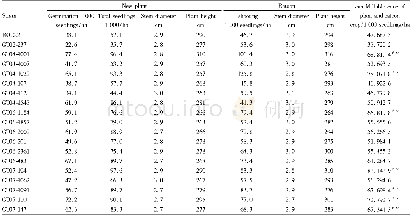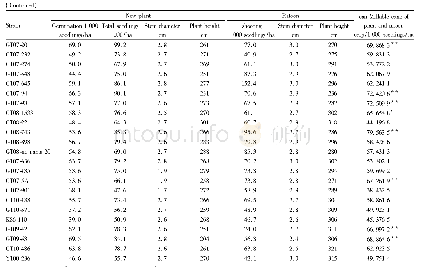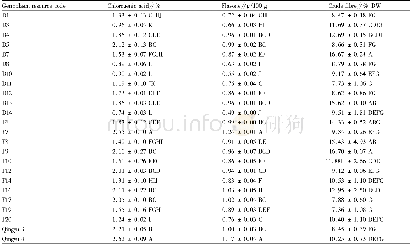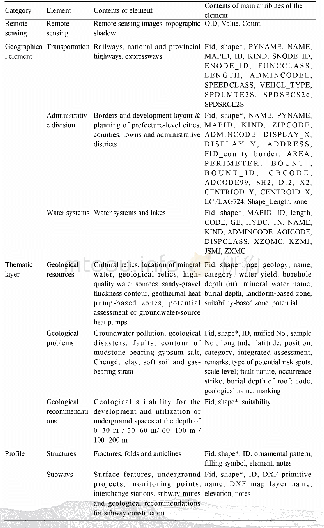《Table 2 Main contents of communicative planning》
 提示:宽带有限、当前游客访问压缩模式
提示:宽带有限、当前游客访问压缩模式
本系列图表出处文件名:随高清版一同展现
《A Study on Rural Social Network and Village Planning Paradigm in China》
Source:Revised based on relevant information.
On the one hand,village plan,which is a public policy and a“formal system,”should be coordinated with the“informal system”that is set up based on social relations,otherwise there will be greater“institutional resistance”;on the other hand,village planning means a series of projects,which is a kind of“benefits transfer,”and there are different behavioral logics,distribution plans,and coordination mechanisms under different social networks.Moreover,village planning is also a kind of collective behavior that needs to achieve local consensus through communication and coordination,the characteristics of social network determine the capacity of village collective actions.For example,Huang Zongzhi(2000)finds that villages with wellpreserved clan associations and close social ties are well-equipped with public and supporting facilities.Clearly,village planning cannot ignore rural social networks.Village planning is not only to beautify the physical space,but also a kind of collective action;it is not only a kind of technique,but also a kind of politics.Village planning has the characteristics of communication,lobbying,coordination,game,distribution,and cooperation.From the perspective of the development of Western urban planning theories,it has both the characteristics of communicative planning and some particularities.In the 1980s,with the rise of control and pluralism,Western scholars began to ref lect on the tool-like rational planning.Based on Anthony Giddens’“Theory of Structuration,”Michel Foucault’s“Power of Discourse,”and Jürgen Habermas’“Theory of Communicative Action,”they worked hard to explore the road to social cooperation and created“communicative planning”(Healy,1992).Compared with traditional rational planning,communicative planning has been promoted from the methodological level to the ontological level by integrating tool rationality and value rationality.It attaches importance to the pluralism of society,emphasizes intersubjectivity rationality,and transforms the authority rationality of traditional planning(elite planning)into collective rationality.Therefore,the biggest difference between communicative planning and traditional planning is reflected in main planning actors(Jiang and Jiang,2008).The traditional planning is centered on planners and led by the government,whereas communicative planning advocates bringing stakeholders into planning,forming an effective balance through democratic and open communications,so as to maximize the overall benefits.With the change of the relationship between planning actors from a central-like structure to a networklike one,the role of planners,planning process,and planning methods will also be greatly changed(see Table 2).Instead of playing a central role,planners become a facilitator and coordinator who work together with stakeholders.Communicative planning is not an ultimate blueprint but a dynamic process,which can be adjusted according to the needs of main planning actors.The communicative planning methodology is based on rational communication,the key to which is how to solve the problem through effective communication.In terms of planning outcomes,communicative planning also differs greatly from traditional planning,emphasizing social mobilization,stage construction,and institutional innovations.Sometimes the invisible results even exceed the tangible ones.
| 图表编号 | XD0012619400 严禁用于非法目的 |
|---|---|
| 绘制时间 | 2018.03.01 |
| 作者 | Wang Xu、Huang Yaping、Roger C.K.Chan、He Xuefeng、Li Min |
| 绘制单位 | China Rural Governance Research Center, Huazhong University of Science and Technology@Li Min |
| 更多格式 | 高清、无水印(增值服务) |





